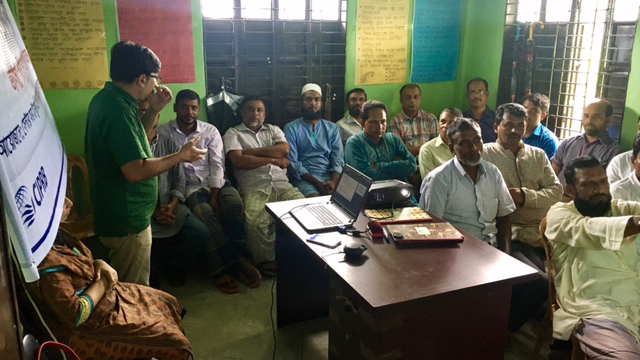Formalise goals
Approach

Advantages
Project goals identify which outcomes need to be achieved in order for a project to be successful, defining the scope of work that needs to be done. Goals must be specific (details of the goal must be clearly defined), measurable (the goal should be based on numbers and figures, allowing for progress to be measured quantitatively), realistic (the goal should be challenging but remain achievable within project means), time appropriate (a reasonable time frame should be available to achieving the goal) and agreed on (both by the project team and by broader stakeholders). Goals may be linked to one or more final outcomes. Project milestones should be set to ensure that project goals are met in a timely manner. It is often beneficial to identify which goals are long-term or short term to help with planning processes. A project should not be overwhelmed with too many goals.
Disadvantages
While engaging a diverse range stakeholders in project planning will offer unique input, stakeholders may have differing priorities or be driven by different agendas, leading to disagreement on the selection or prioritisation of goals. Coming to an agreement may take some time, particularly if many stakeholders are involved in this process. Most projects evolve over time, with new components and processes introduced as more is learnt about the topic. It is therefore important to reflect on whether the project continues to align with its original goals to avoid activities that are beyond the project’s scope. This could distract from and remove resources from achieving the original project aims.
Methods:
Step 4
Define a framework
